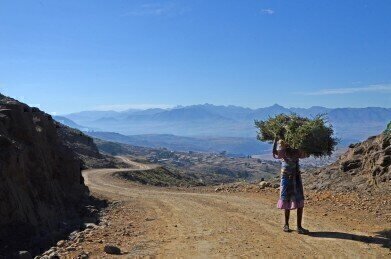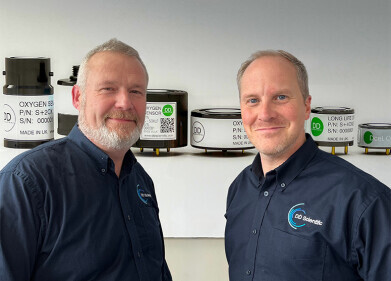Business News
Which Countries Are Doing the Least to Save the Environment?
Jun 25 2019
Climate change is a truly global problem which requires a concerted effort on behalf of all of the nations of the world to ensure it does not spiral out of control. Unfortunately, some countries are better at pulling their weight in this respect than others. 24/7 Wall Street have identified the countries who are doing the least to save the environment based upon data provided by the Environmental Performance Index of Yale University.
Of course, it should be remembered that pursuing sustainable goals and complying with environmental best practices can be a costly undertaking which many nations of the world simply aren’t equipped for. It’s no coincidence that four of the five nations on this list are based in Africa, or that all five of them are amongst the poorest countries on the planet. That being said, here are the bottom five according to 24/7 Wall Street:
5) Djibouti
With almost 90% of its land surface covered by a desert, Djibouti desperately needs to protect the scant forested area it does enjoy – but is currently failing to do so. A mere 1.2% of its land is safeguarded by the government, while a staggering rise in particulate matter (PM) over the last 25 years has seen concentrations climb by 54.3%, meaning 100% of its populace are now exposed to unsafe air.
4) Eritrea
Despite having signed up to the Paris Climate Agreement and outlined its goals on environmental protection in 2017, Eritrea remains one of the countries with the fewest actual laws on the environment in place. Again, 100% of the populace are exposed to poor air quality and the fact that only 11.2% have access to clean running water and basic sanitation facilities highlights a desperate need for innovative water quality monitoring network capabilities in the country.
3) Lesotho
A landlocked island contained entirely within South African borders, Lesotho has no coastline and virtually no (0.3%) protected terrestrial areas. Meanwhile, its soil has been eroded and exhausted by the ubiquity of standing water and the destruction of protective ground covers. It is seeking to address the matter through the Lesotho Highlands Water Project, which looks to enhance its hydroelectric generation capabilities through the construction of dams and tunnels.
2) Haiti
The only country on this list not located in Africa, Haiti is the poorest nation in the Western Hemisphere. Its poverty, alongside the high frequency of natural disasters such as earthquakes, hurricanes and tsunamis that it suffers, mean that the infrastructure of the country is in ruins. However, the government are beginning to wake up to the importance of agriculture in an environmental sense and are working with a number of NGOs to build a more sustainable template for the future.
-
Burundi
In the ten years between 2007 and 2017, carbon emissions in the country leapt up by a huge 183.2%, thanks in large part to the combustion of fossil fuels as an energy source and the production of cement. 75% of the populace live beneath the poverty line and 100% are exposed to unsafe air, meaning that this impoverished nation finds it incredibly difficult to make any headway on key environmental issues such as deforestation, wetlands degradation and water contamination.
Digital Edition
IET 34.2 March 2024
April 2024
Gas Detection - Biogas batch fermentation system for laboratory use with automatic gas analysis in real time Water/Wastewater - Upcycling sensors for sustainable nature management - Prist...
View all digital editions
Events
Apr 22 2024 Hannover, Germany
Apr 22 2024 Marrakech, Morroco
Apr 23 2024 Kuala Lumpur, Malaysia
Apr 23 2024 Kintex, South Korea
Apr 23 2024 Edmonton, AB, Canada



















